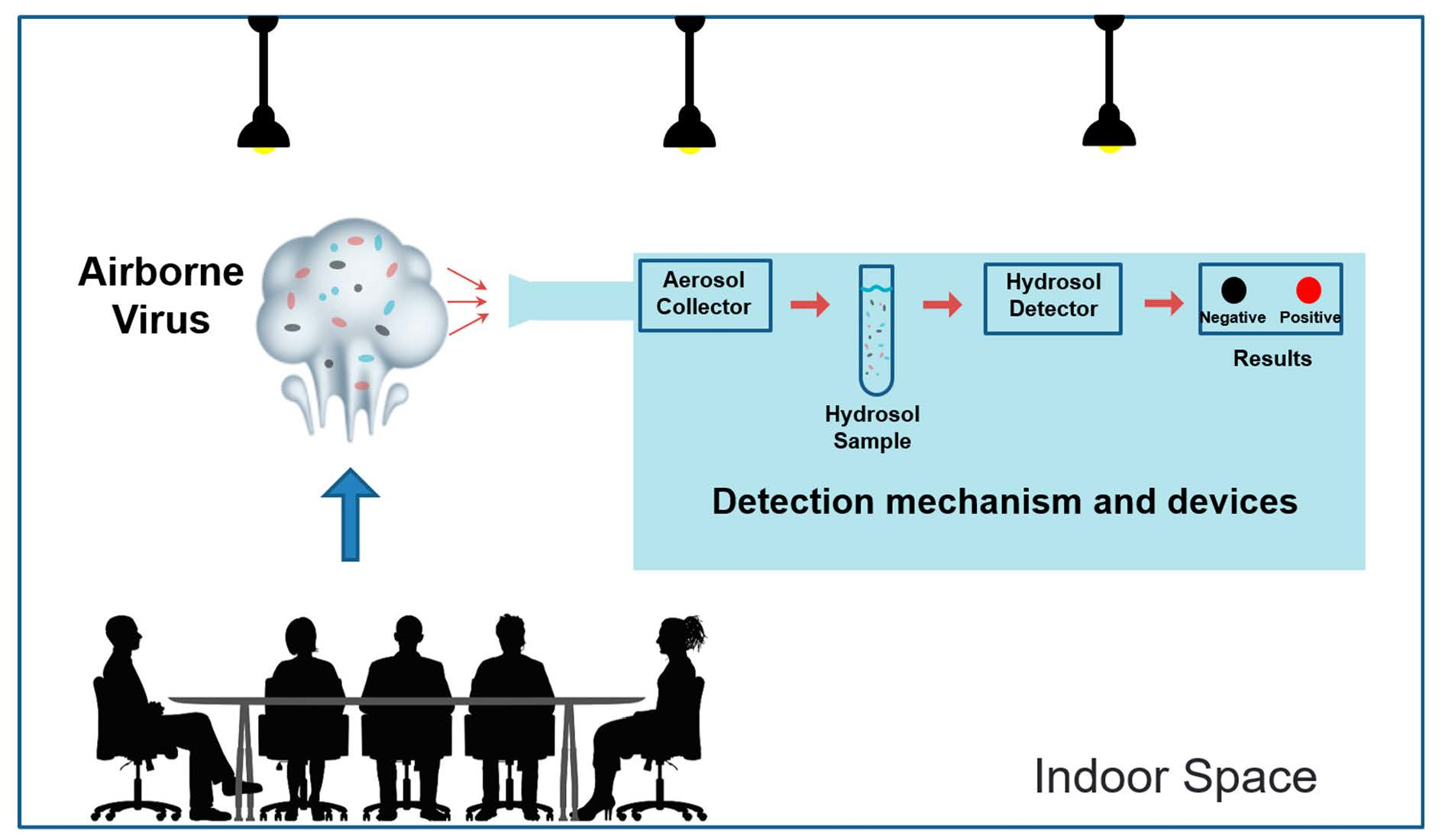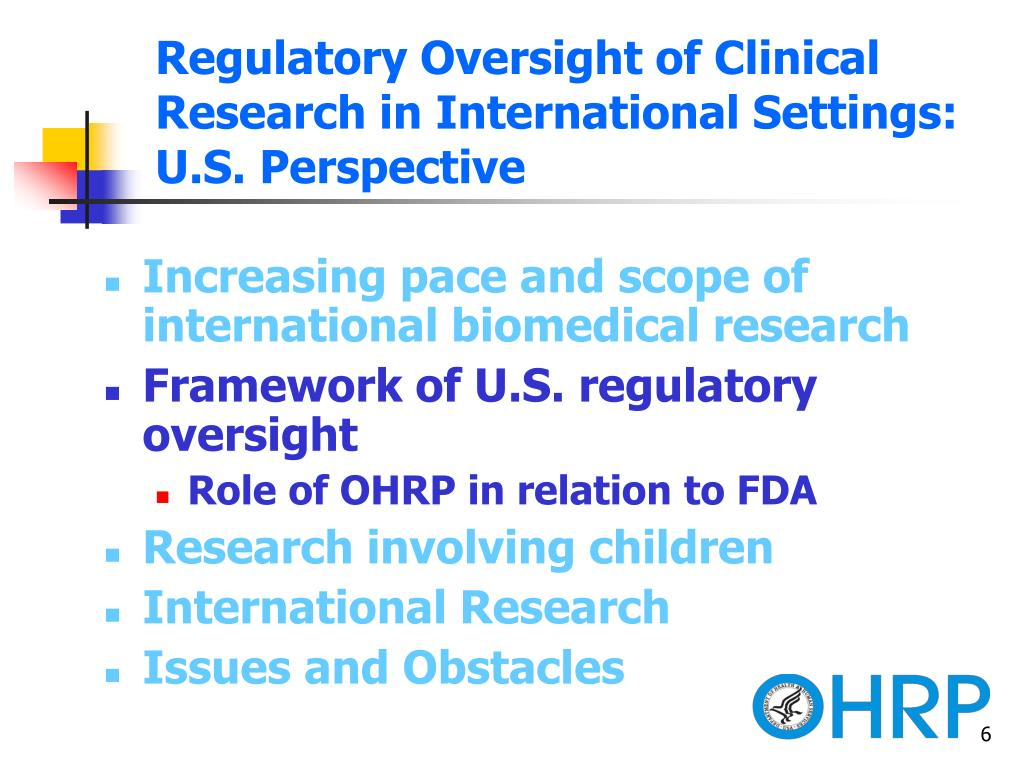Airborne disease research plays a vital role in understanding how illnesses spread through the air, a field that has witnessed significant advancements thanks to pioneers like William Firth Wells. With the contributions of scientists such as Wells and the perspectives of Carl Zimmer, we are beginning to uncover the complex dynamics of airborne pathogens and the germ theory that underpins it all. Throughout history, the perception of how microorganisms cause diseases has evolved, leading to increased awareness of airborne transmissions. This subject is more relevant than ever as we navigate global health crises that highlight the importance of understanding these invisible threats. As research into airborne diseases continues to unfold, we are reminded of the critical nature of studying and implementing effective measures against airborne illnesses.
Research into the transmission of diseases through the atmosphere has garnered much attention in recent years, particularly as we confront global health challenges. This exploration, often referred to as studies of airborne pathogens or infections spread via the air, reveals crucial insights into how microorganisms can lead to widespread illness. Historical figures in this field, such as William Firth Wells, have laid the groundwork for modern understanding, and contemporary scholars like Carl Zimmer shed light on the ongoing implications of their findings. The discourse around airborne diseases not only reinforces the necessity for rigorous scientific inquiry but also highlights the intricacies associated with germ theory and its practical applications. As we expand our knowledge in this area, it becomes clearer that effective airborne disease research is essential to safeguarding public health.
The Impact of Personality on Scientific Acceptance
In the realm of scientific discovery, the impact of a researcher’s personality can often overshadow their contributions. Carl Zimmer highlights this phenomenon in his exploration of William Firth Wells, a key figure in airborne disease research. Despite his groundbreaking findings that demonstrated airborne pathogens could spread illness, Wells was often dismissed due to his socially awkward demeanor. This raises an important question: how many revolutionary ideas have been overlooked or undermined due to the personal traits of those who propose them? In science, where public and peer acceptance are crucial, an engaging personality can sometimes dictate the trajectory of research far more than the merit of the work itself.
This notion indicates a larger issue within the scientific community, where the work of less charismatic researchers might not gain the recognition it deserves. For example, Zimmer emphasizes that even during critical moments in history—such as the cholera epidemic—the potential for airborne transmission was largely ignored in favor of more palatable explanations involving food and water. Thus, the personalities of scientists like Wells, while instrumental in advancing our understanding of airborne diseases, also serve as cautionary tales about the need for personal skills in addition to expertise for the successful dissemination of scientific knowledge.
Lessons from William Firth Wells’ Research
William Firth Wells’ work in the field of airborne pathogens not only advanced scientific understanding—leading to vital developments such as infection chambers—but also highlights the challenges that scientists can face due to personal shortcomings. When researching how air contaminants could facilitate disease transmission, Wells faced substantial opposition from peers, despite presenting compelling evidence in his lectures. For instance, his use of a centrifuge to analyze air samples and demonstrate the presence of microorganisms was innovative, but the delivery of his findings left much to be desired, which ultimately hampered his acceptance within the scientific community. This encapsulates the importance of not just novelty in research, but effective communication of such ideas to convey their urgency and significance.
Furthermore, Wells’ trials and tribulations illustrate how interdisciplinary collaboration can lead to greater success in the acceptance of new theories. His partnership with Richard Riley at the Veterans Administration hospital became pivotal, as it demonstrated practical applications of Wells’ research by validating his claims regarding airborne transmission of tuberculosis. This suggests a vital lesson for contemporary researchers in the field of airborne disease—working with others can amplify findings and mitigate personal hurdles. Through teamwork, researchers can create a more compelling case for their ideas, ultimately enhancing the fight against diseases caused by airborne pathogens and promoting a better understanding of germ theory.
Airborne Disease Research and Microbial Understanding
The study of airborne diseases has evolved tremendously since the early days when miasmatic theories dominated public health. Modern breakthroughs, often linked to the germ theory championed by Louis Pasteur, have provided a more accurate understanding of how microorganisms interact with their environment. As noted by Zimmer and based on Wells’ work, airborne pathogens play a crucial role in disease transmission, necessitating further investigation within this realm of microbiology. The historical reluctance to accept that disease could be spread through the air reveals a significant gap between scientific discovery and public belief, showcasing the ongoing need for robust research in airborne disease.
Today, the implications of Wells’ findings resonate loud and clear as we navigate the complexities of diseases like tuberculosis and more recent airborne pathogens, such as the viruses causing SARS and COVID-19. Researchers are now using advanced technologies to model how these microorganisms travel and persist in the air, thereby improving public health responses. Understanding the behavior of airborne pathogens can lead to effective preventive measures—including better ventilation and air filtration systems. The work of pioneers like Wells positions current researchers to build on foundational theories in microbiology, moving us closer to comprehensive control strategies for airborne diseases.
The Role of Education in Airborne Disease Awareness
Education plays a critical role in promoting awareness about airborne diseases and the importance of ongoing research in the field. As demonstrated by the struggles of William Firth Wells, effective communication of scientific findings is essential to garner public interest and understanding. Zimmer emphasizes the necessity of educational programs that illuminate the significance of airborne disease research, which can aid in dispelling myths and fostering a more informed populace about health risks associated with airborne pathogens. These initiatives can ultimately encourage the public to accept scientific advancements that directly impact their health.
Moreover, integrating knowledge about germ theory and the role of microorganisms in disease transmission into school curricula can create a foundation for future generations to build upon. By teaching students about the historical context of airborne disease research, including challenges faced by pioneers like Wells, educators can inspire critical thinking and an appreciation for the complexity of scientific discovery. This form of education not only enhances understanding but also encourages young scientists to embrace their roles in continuing advancements in public health.
Evolving Concepts of Air Quality and Disease Prevention
As our understanding of airborne diseases evolves, so too does our perception of air quality and its direct correlation with public health. Carl Zimmer discusses how early theories surrounding disease transmission were impacted by misconceptions that hampered progress. The work of researchers like Wells has catalyzed a reconsideration of how we assess air quality, moving beyond simply viewing it as a non-factor in disease transmission. Today, researchers are utilizing advanced methodologies to better understand how pollutants and pathogens coexist in the air, ultimately influencing health outcomes in various populations.
This evolving concept prompts a re-assessment of public health policies regarding air quality control. For instance, the implications of Wells’ research underscore the urgency for urban planners and public health officials to prioritize measures that target airborne pathogens. Implementing stricter regulations on air quality, promoting the use of UV light in ventilation systems, or developing educational campaigns to inform the public about the risks associated with poor air quality are all essential steps. As we take these measures, we inch closer to creating environments that are not just safe but optimized for public health.
The Future of Airborne Disease Studies Amidst Public Perception
Moving forward, the future of airborne disease research will inevitably confront the challenge of public perception, a sentiment expressed by Zimmer about the long road ahead. Researchers might have groundbreaking discoveries at their fingertips, yet these findings must contend with societal understanding and acceptance—factors that Wells vividly experienced. Maintaining public confidence in airborne disease research can be complex, especially in the face of misinformation and varying levels of scientific literacy. The success of future studies will hinge on effective communication strategies that resonate with the public.
Harnessing social media, community outreach, and collaboration with trusted community leaders can help bridge the gap between scientific research and public awareness. Presenting research in visually compelling formats, simplifying complex findings, and addressing community concerns while steadily framing the benefits of airborne disease research can engender trust among the populace. As scientists push boundaries in understanding airborne pathogens, integrating the lessons learned from Wells’ journey and focusing on public interaction will be key to advancing this critical research area.
Cross-Disciplinary Collaboration in Airborne Pathogen Research
The nature of airborne disease research necessitates collaboration across various scientific disciplines—an approach that echoes the later success of Wells when working with Richard Riley. From microbiology and epidemiology to engineering and public health, different fields contribute unique insights that can enhance our understanding of airborne pathogens. This cross-disciplinary effort enables researchers to develop comprehensive models for disease transmission, better prevention measures, and effective responses to outbreaks. Encouraging interdisciplinary partnerships can lead to innovative techniques in controlling diseases that spread through the air.
Moreover, such collaborations can foster diverse perspectives that enrich research outcomes. For instance, understanding the relationship between climate factors and the behavior of airborne pathogens requires knowledge in both biology and environmental science. As researchers from different backgrounds engage in joint projects, they can not only broaden the scope of studies but also address the multifaceted nature of public health challenges posed by airborne diseases. Emphasizing teamwork and knowledge sharing can pave the way for a future where collaborative efforts yield significant breakthroughs in combating airborne pathogens.
The Historical Context of Airborne Disease Understanding
The journey of understanding airborne diseases is firmly rooted in history, where early misconceptions laid the groundwork for contemporary beliefs. The emergence of the germ theory of disease in the 19th century marked a substantial shift, moving away from miasmatic theories that inaccurately attributed illness to foul air. Researchers, including Wells, endeavored to alter this narrative by providing empirical evidence of how airborne pathogens posed real threats to health. By contextualizing these findings within a historical framework, current scientists can appreciate the trajectory of disease understanding and recognize the vital contributions of those who paved the way.
This historical context is not just academic; it offers lessons that remain relevant today. Acknowledging the missteps of the past can empower modern researchers to approach airborne disease hypotheses with a more critical lens. It can also inspire renewed focus on studying pathogens, understanding their transmission dynamics, and addressing public health concerns. By building on the foundations established by past researchers, we can better navigate the complex landscape of airborne diseases and develop strategies that effectively curb their spread.
Promoting Comprehensive Research for Public Health
The findings from airborne disease research underscore the importance of sustained and comprehensive studies in public health. Researchers today stand on the shoulders of giants like William Firth Wells, whose tenacity in pursuing knowledge about airborne pathogens laid a foundation for modern public health strategies. As we encounter new challenges posed by emerging diseases, the urgency for increased funding and attention toward airborne disease research is clear. Governmental bodies, health organizations, and educational institutions must collaborate to ensure ongoing investigations into the transmission of diseases that can be spread through the air.
Comprehensive research efforts would not only address current public health crises but also preemptively prepare us for future challenges. By understanding the mechanisms of airborne pathogen transmission, creating multidimensional strategies for containment, and involving various stakeholders in public health initiatives, we can foster a holistic approach to disease prevention. Emphasizing the continuity of research in this field is vital, ensuring that advancements benefit both current and future generations.
Frequently Asked Questions
What is the impact of Carl Zimmer’s research on airborne disease transmission?
Carl Zimmer’s research highlights the historical context and ongoing importance of airborne disease transmission. His work emphasizes the contributions of scientists like William Firth Wells, who demonstrated that pathogens can spread through the air, a concept rooted in germ theory and echoed in contemporary airborne disease research.
How did William Firth Wells contribute to our understanding of airborne pathogens?
William Firth Wells made significant contributions to airborne disease research by conducting experiments that demonstrated how human exhalations can spread microorganisms. His work, including the development of infection chambers, revealed the role of airborne pathogens in disease transmission and the potential for using ultraviolet light to neutralize them.
What challenges have researchers faced in airborne disease control throughout history?
Historically, researchers in airborne disease control, including pioneers like Wells, faced substantial challenges such as public skepticism and scientific dismissal of airborne transmission in favor of other routes, like water and food. Overcoming these misconceptions remains an ongoing mission in airborne disease research.
How has the germ theory influenced airborne disease research?
The germ theory, advanced by scientists like Louis Pasteur, laid the foundation for understanding diseases caused by microorganisms, including airborne pathogens. It shifted the focus of public health from miasma theories to recognizing the risks of pathogens transmitted through the air, fueling ongoing research in this vital area.
What was the significance of the infection chambers created by William Firth Wells?
The infection chambers designed by William Firth Wells were crucial innovations in airborne disease research. They allowed for controlled studies on the transmission of airborne pathogens, demonstrating that diseases like tuberculosis could be spread through the air, thus shaping future public health strategies.
In what ways did personality affect the progress of airborne disease research?
Carl Zimmer argued that the personalities of researchers, particularly those like William Firth Wells, can significantly impact the acceptance and progress of airborne disease research. Unpleasant or socially awkward scientists may face challenges in gaining support and recognition, potentially hindering advancements in the field.
What future directions does airborne disease research need according to Zimmer?
Carl Zimmer suggests that the future of airborne disease research requires dedicated effort and time, highlighting that effective research on airborne pathogens needs continued focus despite historical setbacks. The relentless nature of pathogens underscores the necessity for persistent inquiry and innovation in this area of study.
How did societal perceptions influence the acceptance of airborne disease theories?
Societal perceptions played a critical role in the acceptance of airborne disease theories. For centuries, diseases were primarily attributed to water or foodborne sources rather than airborne pathogens, causing delays in the recognition of airborne transmission’s significance and the resulting need for research advancements in this domain.
| Key Points | Details |
|---|---|
| Carl Zimmer’s Talk | Discussed the impact of personality on scientific acceptance of airborne diseases. |
| William Firth Wells’ Contribution | Researcher who demonstrated airborne transmission of microbes. |
| Historical Context | Ancient beliefs about miasmas delayed the understanding of airborne pathogens. |
| Challenges Faced | Wells’ personality led to conflicts and career setbacks despite significant research. |
| Legacy of Research | Wells’ findings on air quality and UV light’s role in pathogen eradication. |
Summary
Airborne disease research is crucial in understanding how infections spread through the air. Carl Zimmer’s exploration of past research highlights the impact of personal dynamics on scientific progress, specifically through the example of William Firth Wells. Despite significant contributions to unraveling the complexities of airborne pathogens, Wells faced numerous obstacles, including personal conflicts and a lack of acceptance from his contemporaries. The journey to solidify the understanding of airborne diseases reveals that personality traits of researchers can inadvertently hinder acceptance and advancement in science. As we move forward, it is vital to recognize the balance between personal dynamics and scientific needs to enhance the pace of airborne disease research.



